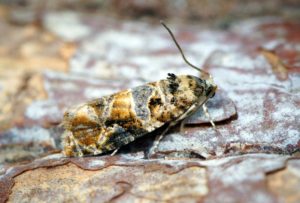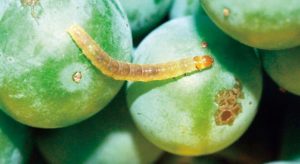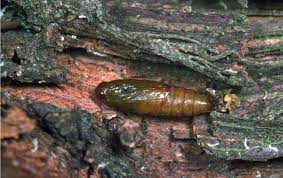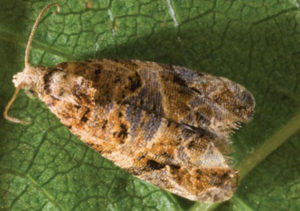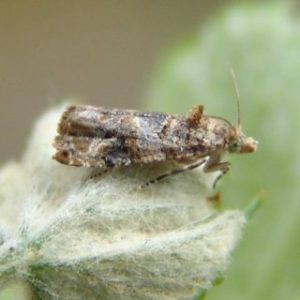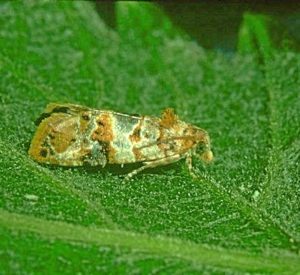European Grapevine Moth (Lobesia botrana)
The European grapevine moth is a member of the family of tortrix moths. As the larvae hollow out the fruits of the plants they feed on, leaving their excrement behind, they are considered a huge pest in vineyards.
These moths are indigenous to southern Italy, but their population eventually spread to southern, and central Europe and even in areas outside it, including the Middle East, Africa, and parts of Asia. Certain Argentinian provinces like Concordia, and Cafayate has managed to successfully eradicate these moths.
Scientific Classification
- Family: Tortricidae
- Genus: Lobesia
- Scientific Name: Lobesia botrana
In October 2009 it was first detected in California’s Napa Valley, but the state finally rid themselves from these invasive species in 2016.
Description and Identification
Adult Moth
Sexual Dimorphism: Present
The females are a little larger than their male counterparts.
Color and Appearance
Forewing: When the wings are opened, their surface is covered with gray, tan brown, or dark brown blotches and patches. The blotched pattern remains visible when the wings are closed.
Hindwing: When the wings are opened, they are gray with fringes near the body. When the wings are closed, the fringed pattern can still be seen.
Average wingspan: 1.2 -1.3 cm
Flight pattern: Erratic
Season: Early spring to midsummer
Quick Facts
| Other Names | European grape worm, European grape moth, European vine moth |
| Distribution | Native: Southern Italy; also found in Anatolia, North Africa, the Caucasus, and Southern Europe Invasive: Japan, Argentina, Chile, parts of North America, mainly California |
| Habitat | Vineyards |
| Lifespan of Adults | 1-3 weeks |
| Host Plants | Primarily grape and spurge laurel. Also, European blackberry, European olive, European plum, golden kiwifruit, pomegranate, and wild cherry |
| Adult Diet | Does not feed |
Scientific Classification
- Family: Tortricidae
- Genus: Lobesia
- Scientific Name: Lobesia botrana

